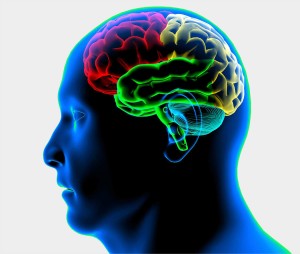Being that I am turning 30 at the stroke of midnight, the following statistic struck a cord: “By age 30 you have seen close to two million commercials” (ISPO News, n.d.). Can you remember the last commercial you have seen? Out of those two million commercials, I can honestly say I can’t remember one from yesterday or last week. Perhaps, that is all in thanks to a little technology called the DVR, that has caused many of us to forego watching commercials at the drop of a pin. The only time it is important to watch commercials is during the Super Bowl, or if you are my fiance you enjoy watching commercials any day of the week. The ability for consumers to retain commercial communication has decreased dramatically since 1965 with 34% of television viewers being able to remember, with a sharp decline to 8% in 1965, and 2.2% in 2007 (ISPO News, n.d.). In fact, the real reason for television viewers being unable to retain commercials is due to a lack of originality and the inability to differentiate brands. This type of information is not what companies want to hear when they are investing millions of dollars into advertising and marketing.
In fact, it gets even worse for companies, “90 percent of all purchasing decisions are made subconsciously” (ISPO News, n.d.). Marketing guru, Martin Lindstrom, conduct one of the world’s most extensive marketing studies in order to understand how the subconscious influences our buying behavior. He has been able to conclude the importance in companies focusing on neuromarketing instead of consumer polling. Neuromarketing introduces a new field of marketing research that focuses on a combined study of consumer “sensorimotor, cognitive, and affective response to marketing stimuli with psychology” (ISPO News, n.d.). This method introduces brain scans that can help in understanding “why a product has a positive or negative effect on consumers’ (ISPO News, n.d.). In addition, it will provide researchers with more understanding into a consumer’s reaction to brands and products. This method is called the functional magnetic resonance tomography, or fMRT.
Apple, Coca-Cola, or Nivea are brands and products that are experts in being able to evoke emotions, resulting in a win. George Loewenstein, behavioral economist, says, “A major part of our brain is busy with automatic processes, not conscious thinking. A lot of emotions and less cognitive activities happen” (ISPO News, n.d.). Therefore, the subconscious of a consumer explains buyer behavior much better than the conscious.
Brands and emotions aren’t the only ones that mix well and influence consumers to purchase products, so do scents, well at least vanilla does. When a scent is able to tug at our emotions, all rational barriers are eliminated. Ever wonder why vanilla makes us feel all cozy and happy, and buy every product that smells like vanilla? Well, it is because “vanilla scents stimulate sales because we associate the scent with mother’s milk” (ISPO News, n.d.). How is that for an ice breaker? Perhaps, it is a subconscious stimulant, because when I am at Bath and Body Works the products smell good but definitely don’t remind me of my mother’s milk.
References:
ISPO News. (n.d.). 90 percent of all purchasing decisions are made subconsciously. ISPO News. Retrieved from http://mag.ispo.com/2015/01/90-percent-of-all-purchasing-decisions-are-made-subconsciously/?lang=en
Young, A. (2014). Brand media strategy: Integrated communications planning in the digital era. New York: Palgrave Macmillan. Chapter 5-6.


9 Responses to Emotions: They Made Me Do It….